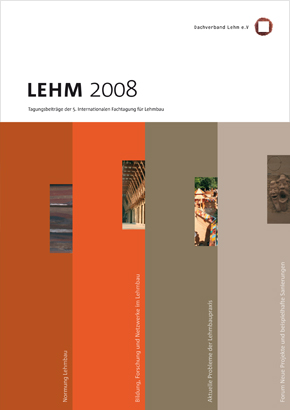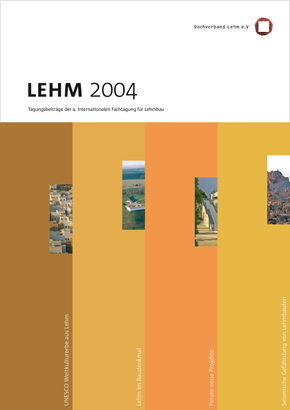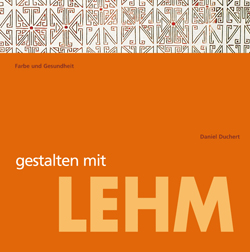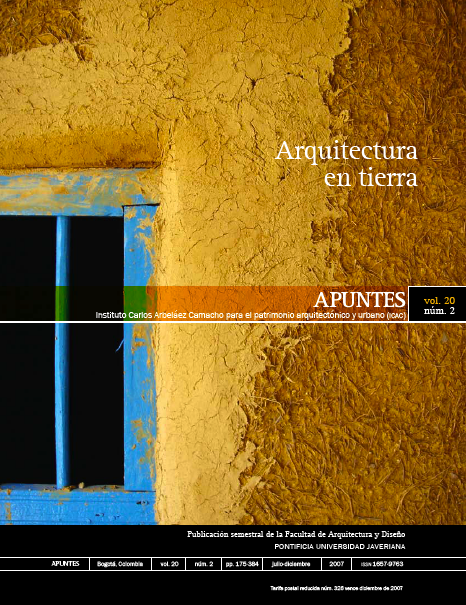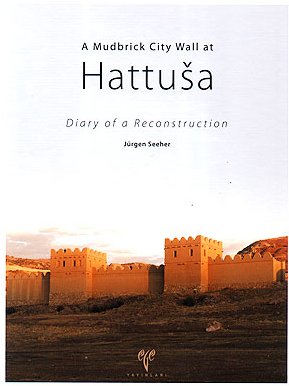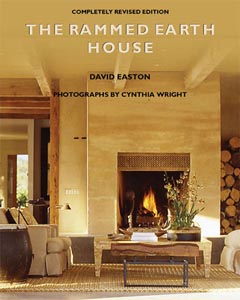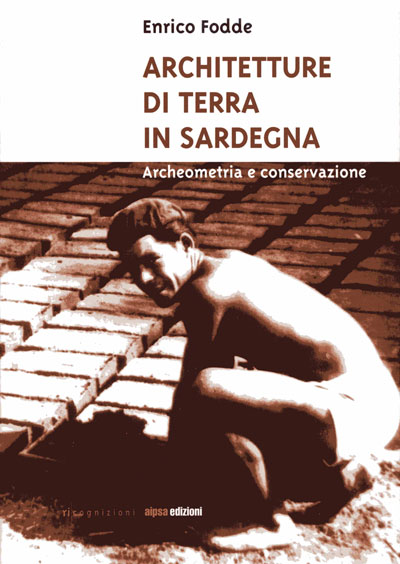
The May, 2009 issue of AZURE Magazine reviews Earth Architecture.
EARTH ARCHITECTURE
“Our planet’s oldest building traditions continue to inspire and shelter us despite the complexities of the modern age,” writes Ronald Rael, author of this compact but mighty book of more than 40 contemporary buildings crafted from the most common building material in the world: the ground beneath our feet.
An architect and academic, Rael explores the relationship between industrial and non-industrial modes of production, so it is apt that this book simultaneously discusses the past and present. Carefully selected examples from recent decades share a primal quality, despite being of their time. The Nk’Mip Desert Interpretive Centre in Canada, by Hotson Bakker Boniface Haden, and the Chapel of Reconciliation in Germany, by Reitermann and Sassenroth both serve as powerful examples of how earth constructions can create a literal and material connection to the landscape, whether at the base of a mountain in the desert, or out of the ruins of a church.
The featured projects range from resorts in the highland villages of Bhutan to houses in the Arizona desert. Rael connects them through a rich historical and vernacular discussion about mud bricks, compressed earth blocks, and rammed and moulded earth. Ecological sustainability is one benefit of building with earth, but Rael also discusses cultural sustainability, as developing countries with strong earth-building traditions forgo domestic construction knowledge in favour of the growing use of concrete blocks and the Western ideals of “advancement” they represent. One exception is the Aga-Khan Award–winning Handmade School designed by Austrian-German architects Heringer-Roswag, where the structure improves on the durability of Bangledeshi cob culture. Throughout, Earth Architecture compellingly underscores the need for us to rethink how we can build sustainably by using old techniques in new ways.–Nova Tayona
Read the review at: www.azuremagazine.com/magazine/bookreviews.php

